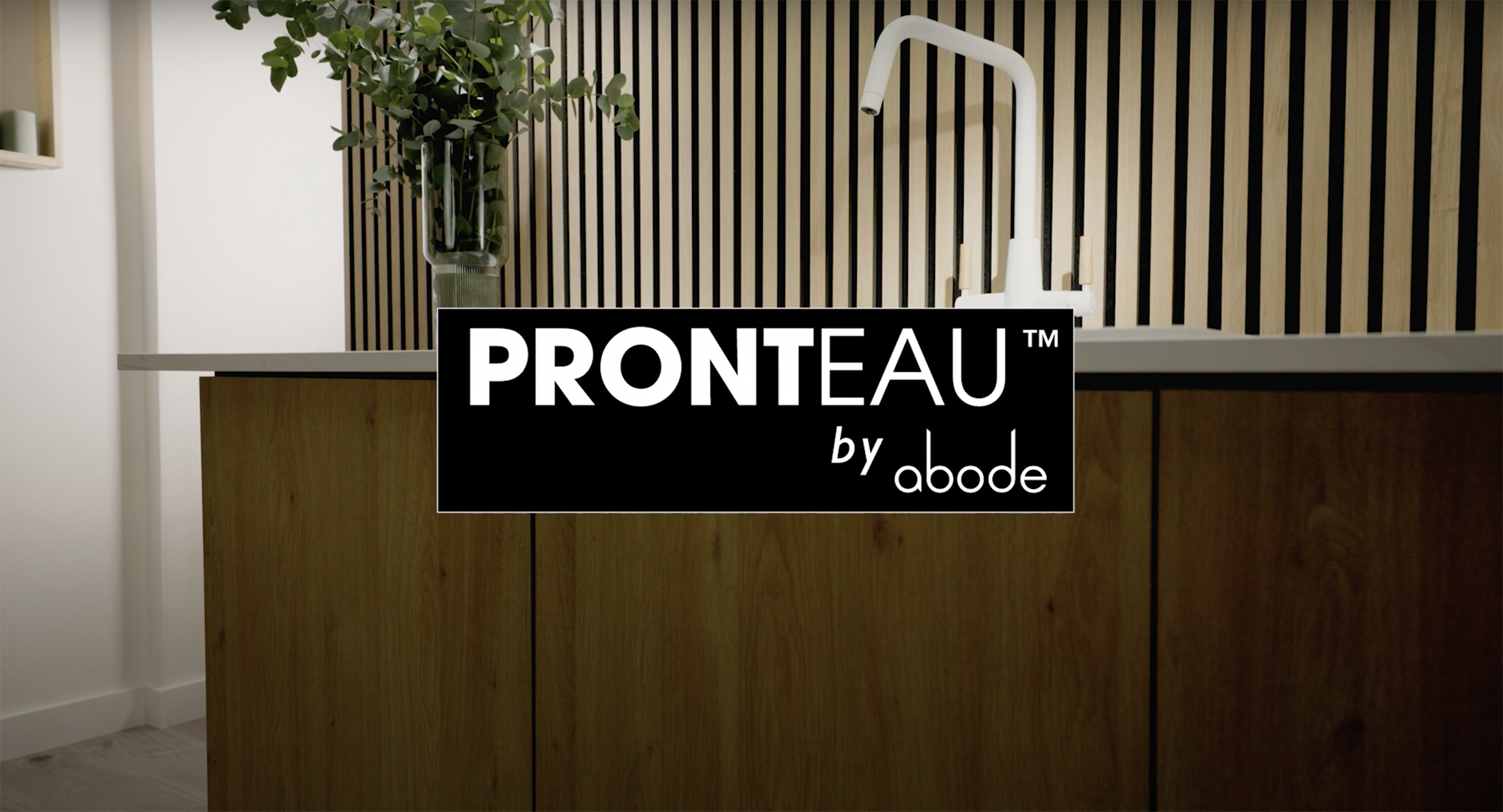Senior outreach executive of Glass Digital Hayley Reynolds has helped countless brands gain exposure and build links using cold pitching techniques. Here she shares what she’s learned about crafting a successful pitch for website guest posts

Pitching website guest blogs to relevant publications can bring all sorts of benefits to your kitchen and bathroom business.
When done right, this strategy can help to gain valuable exposure for your brand, showing potential customers and clients you’re an expert in your field.
Sponsored Video
Plus, if you can secure a link, it will also help to strengthen your site’s backlink profile, which can work wonders for your SEO.
But getting editors to agree to publish your content is often easier said than done.
Most editors will receive countless pitches and offers each day, which can make it tough to stand out from crowd.
However, as I’ve found during my career as an outreach executive, it is possible to get their attention as long as you take the time to craft a really great pitch.
To get started, take a look at my 7 top tips:
- Make it relevant
When you cold-pitch an editor with an idea for a website guest post, the most important thing to bear in mind is you want to offer content relevant to their readership and your own expertise.
That means you’ll need take a thorough look at the publisher’s existing content, and then devise a topic that will complement the articles they’ve already got, but won’t repeat what they’ve covered before.
Remember to choose an angle that’s closely related to your own expertise, as editors are more likely to accept a piece if it offers information they couldn’t provide themselves.
For instance, you could reach out to interior décor or lifestyle publications and offer tips for building the latest storage solutions into a small kitchen.
Or, you could offer tips on choosing the right sort of cooker hood for the space.
Writing what you know will increase your chances of getting accepted, and it also gives you a valuable opportunity to demonstrate the depth of your knowledge to potential customers.
- Write attention-grabbing subject
The email subject line is the very first thing an editor will see, and it could be the difference between an editor reading the rest of your pitch or sending it straight to the junk folder.
That’s why it’s so important to come up with a subject line that will grab their attention and show them your pitch is worth their time.
Over the course of my career, I’ve tested several different formats, and I tend to find the most effective subject lines are ones that mention the target site by name, as this will show it’s personalised and not a mass email.
I’ve also found a well-chosen emoji can be an effective tactic, probably because it helps your subject line to stand out in a wall of text.
However, how appropriate this will be depends on the tone of the host site: it might work well for lifestyle sites, but it might be a little too informal for some industry publications.
- Personalise your pitch
Even though it makes sense to send similar pitches to multiple publications, you’re more likely to get your website guest post accepted if you tailor it to suit the host site.
So try to refer to some of their existing content in your pitch.
For instance, if you’re pitching a piece about the latest bath or shower trends and you notice they’ve published similar pieces about other aspects of bathroom design, then talk about how your content will work well alongside them.
This will immediately make it clear that you’re offering bespoke content that will add real value to their site, and that you’ve thought carefully about how your idea will complement their existing content.
- Find the right contact
Would you bother to read a letter or email that got your name or other important details about you wrong?
Editors get lots of emails each day and will usually treat any pitches that are clearly templated or not directly addressed to them as spam.
So, even though it might sound obvious, it’s always worth taking the time to find the right contact details and ensure your pitch is addressed to the right person.
- Summarise the article
After you’ve introduced your idea and explained why it’s relevant to the host site and your expertise, you’ll need to give the editor an idea of what the article will cover.
You don’t need to go into exhaustive detail here: you just want to offer them a preview of what they can expect from the finished piece.
I find the simplest and clearest way to do this is summarise the main points of your article in a few bullet points.
- Back up with research
In addition to giving a brief summary of the sort of topics you’ll cover, you also need to persuade the editor your content is worth publishing right now.
Including some relevant, up-to-date research or statistics can help to demonstrate your subject is topical and likely to interest their readership at the present time.
Just be sure to make it clear where you found your research, and to only include research that is up to date.
- Follow up
If you don’t get a response to your pitch or the editor goes cold after a few replies, then don’t be afraid to follow up with a courteous email to see if they’re still interested in the opportunity.
It may be your initial email got buried on a busy day, or they got distracted and forgot to reply. Either way, a polite, well-timed follow-up can sometimes help to get the ball rolling again.
That said, you don’t want to hassle them too much, so I’d recommend waiting at least a week after you send your initial email before sending a follow-up.
And, if you still don’t get a reply, it’s best to let it go and move onto the next opportunity.
There are many benefits to writing guest posts, from strengthening your backlink profile to gaining great exposure for your brand.
So, even though cold-pitching publishers can seem like quite an intimidating prospect, it’s well worth giving it a try.
Read more on how to publicise your website.



